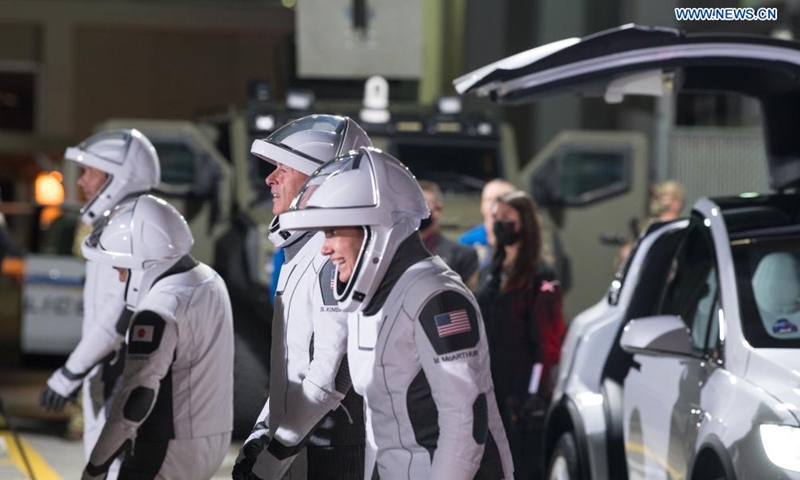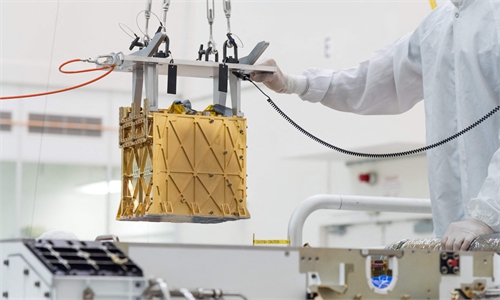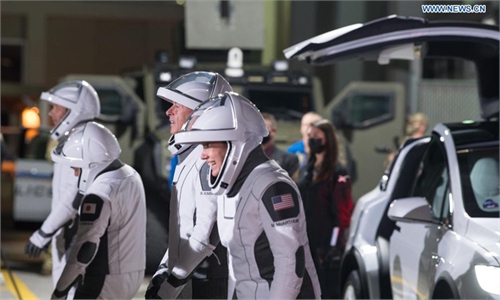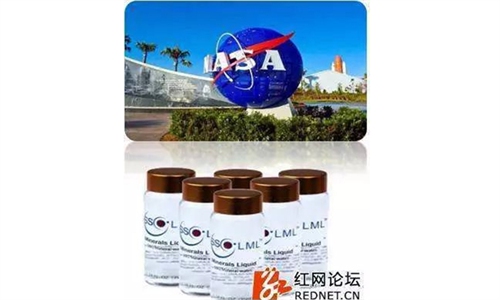
Astronauts are about to board the Crew Dragon spacecraft at NASA's Kennedy Space Center in Cape Canaveral of Florida, the United States, April 23, 2021.Photo:Xinhua
NASA announced two new missions to Venus on Wednesday that will launch at the end of the decade and are aimed at learning how Earth's nearest planetary neighbor became a hellscape while our own thrived."These two sister missions both aim to understand how Venus became an inferno-like world, capable of melting lead at the surface," said Bill Nelson, the agency's newly confirmed administrator.
The missions have been awarded about $500 million under NASA's Discovery Program, and each is expected to launch in the 2028-30 timeframe.
Both missions were picked from a competitive, peer-reviewed process based on their scientific value and feasibility of their plans.
DAVINCI+, which stands for Deep Atmosphere Venus Investigation of Noble gases, Chemistry, and Imaging, will gather more detail on the composition of Venus' primarily carbon dioxide atmosphere, to learn how it formed and evolved.
The mission also seeks to determine whether the planet once had an ocean.
A descent sphere will plunge through the dense atmosphere which is laced with sulfuric acid clouds.
It will precisely measure the levels of noble gases and other elements to learn what gave rise to the runaway greenhouse effect we see today.
DAVINCI+ will also beam back the first high resolution images of the planet's "tesserae," geological features roughly comparable with Earth's continents whose existence suggests Venus has plate tectonics.
The other mission is called VERITAS, an acronym for Venus Emissivity, Radio Science, InSAR, Topography, and Spectroscopy.
This will aim to map the Venusian surface from orbit and delve into the planet's geologic history.
Using a form of radar that is used to create three-dimensional constructions, it will chart surface elevations and confirm whether volcanoes and earthquakes are still happening on the planet.
It will also use infrared scanning to determine rock type, and whether active volcanoes are releasing water vapor into the atmosphere.
AFP



